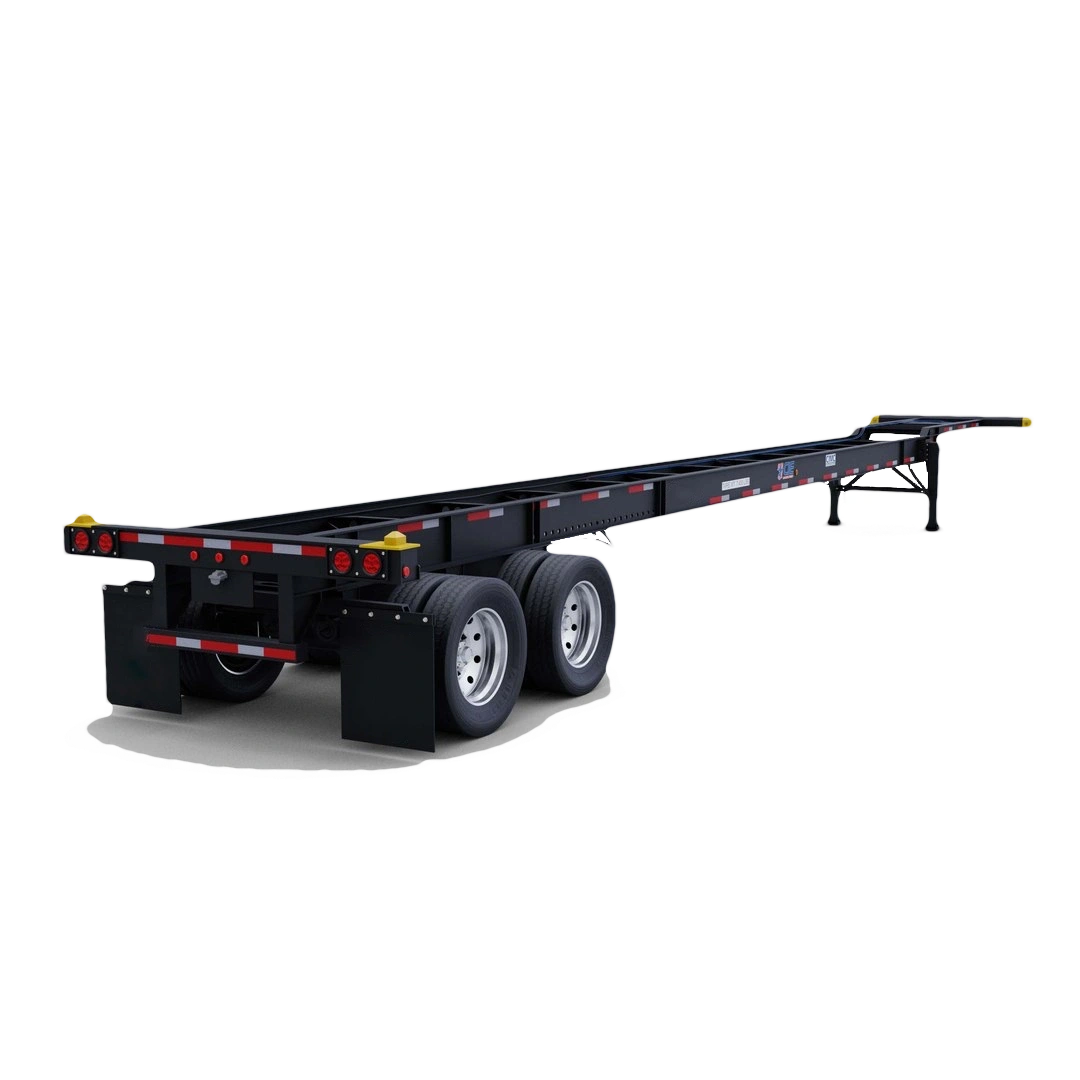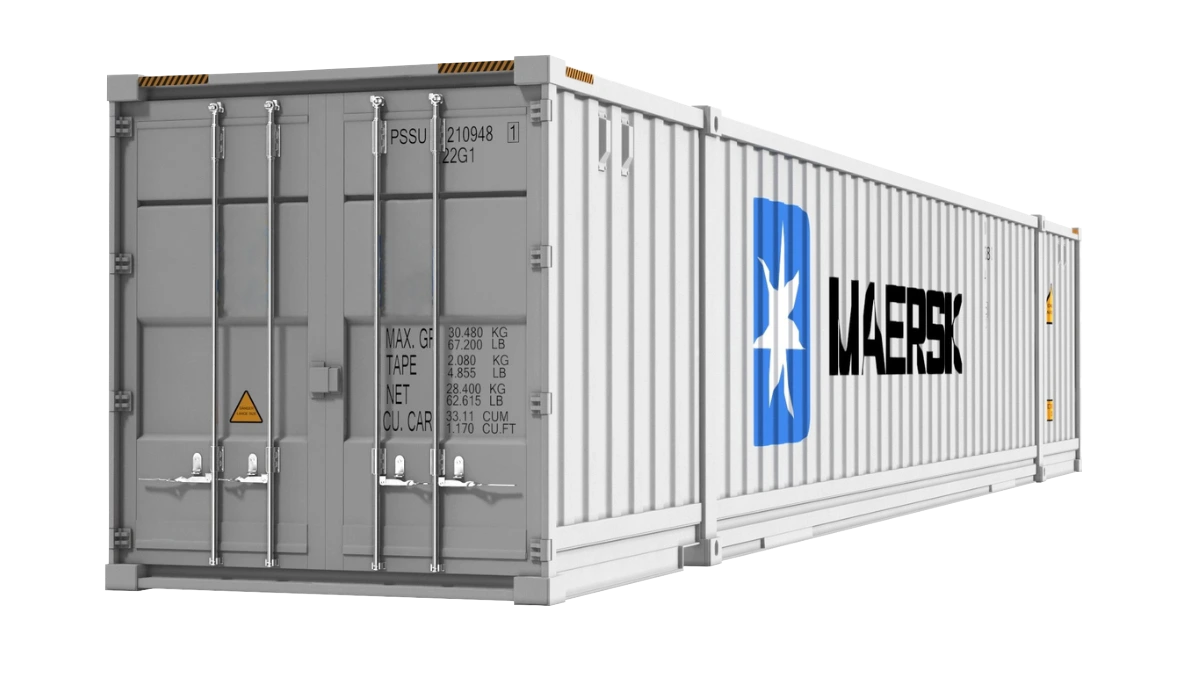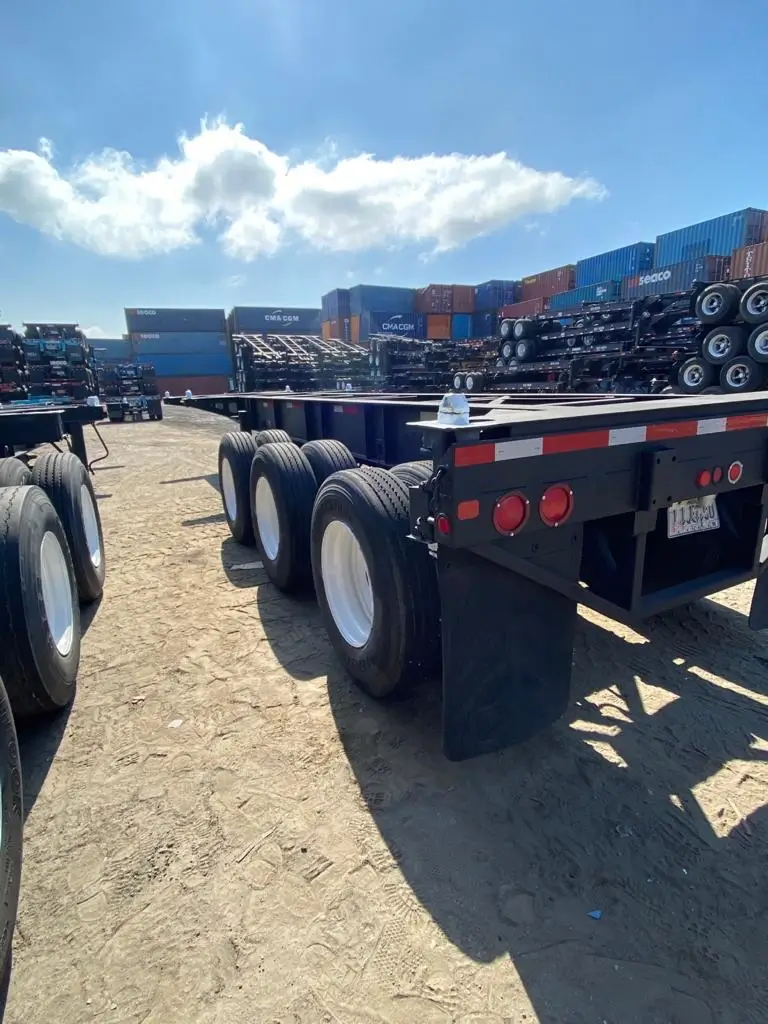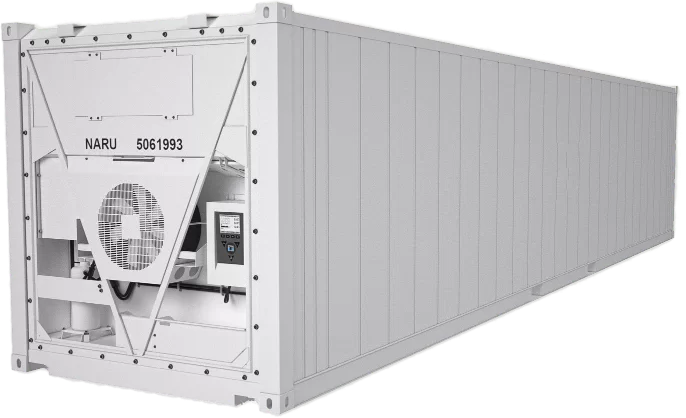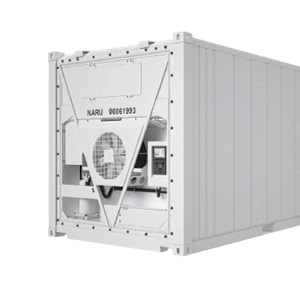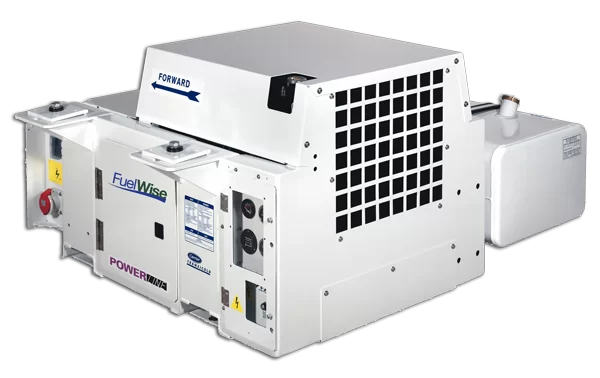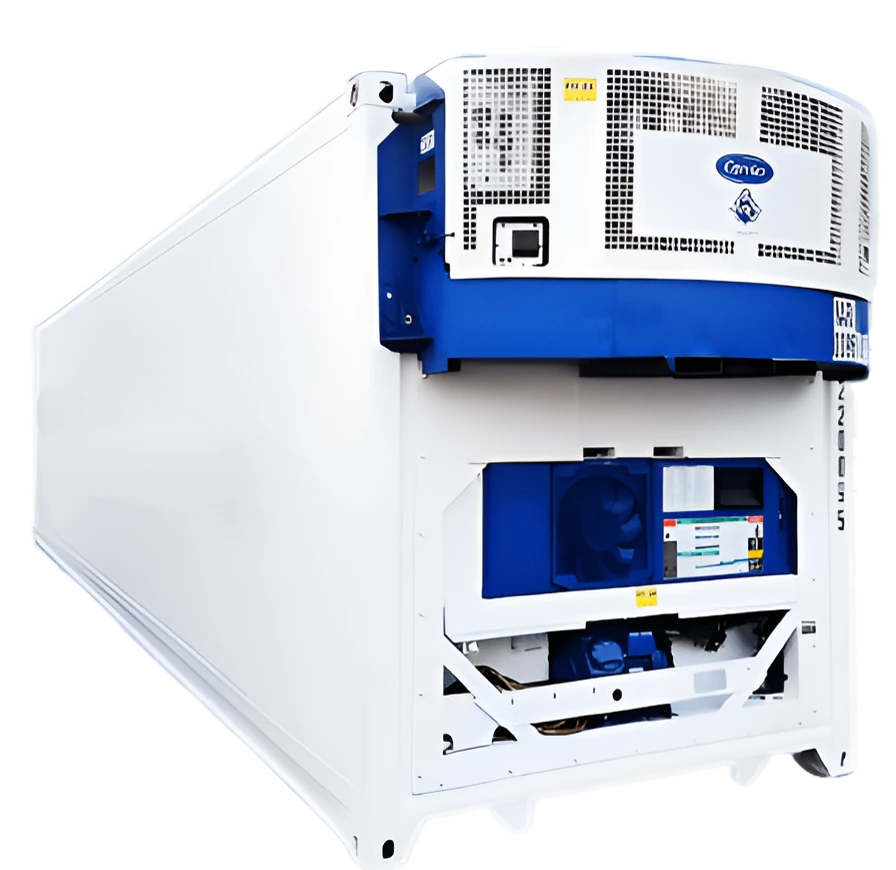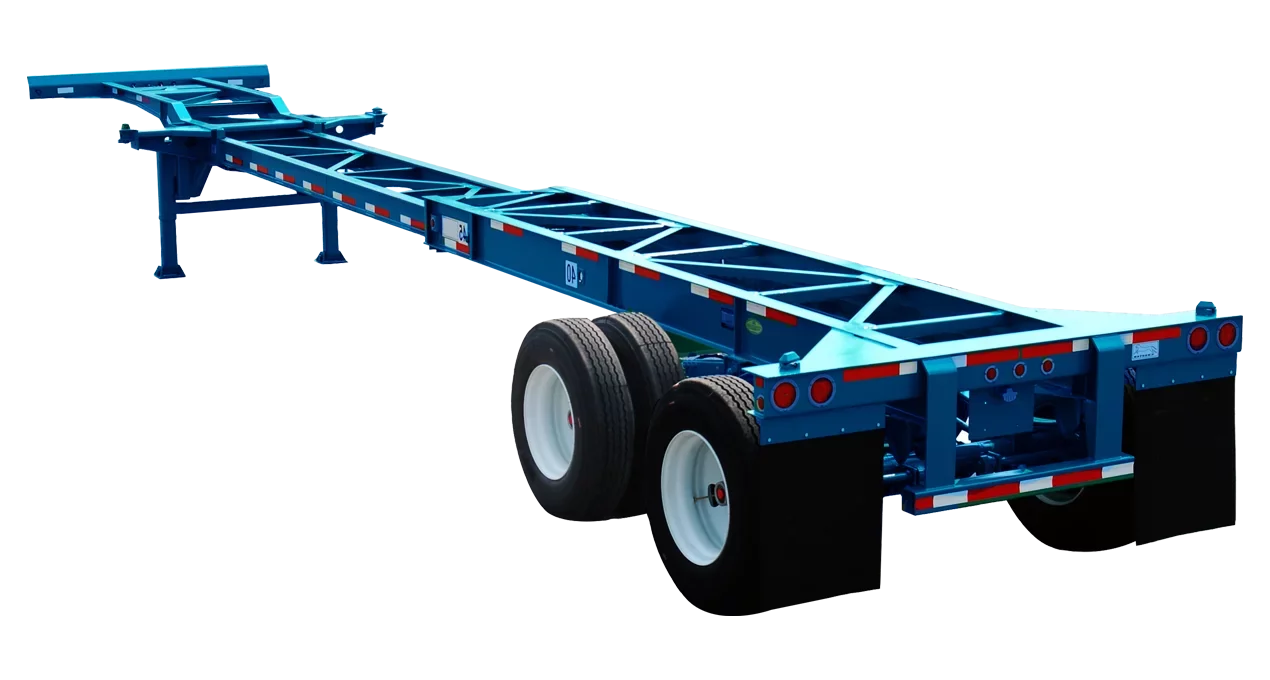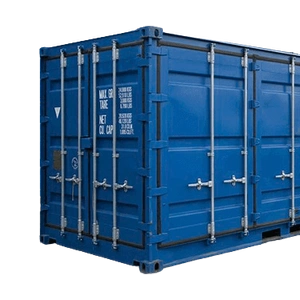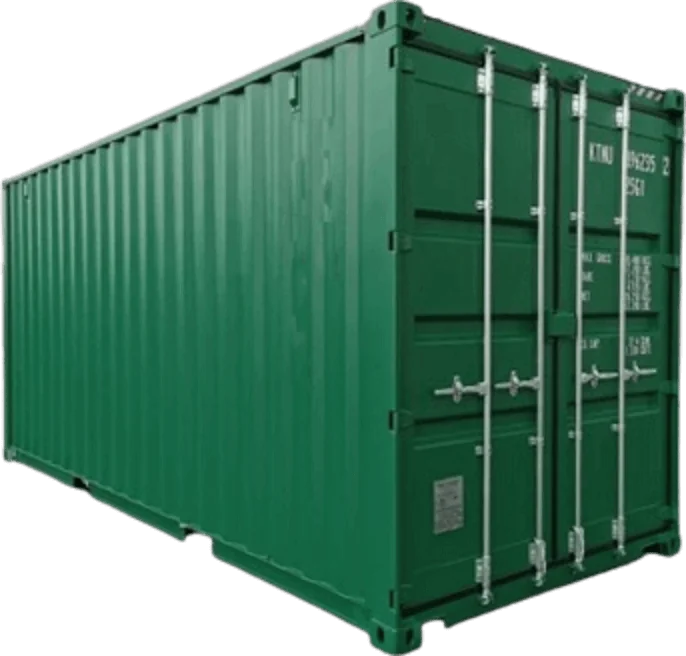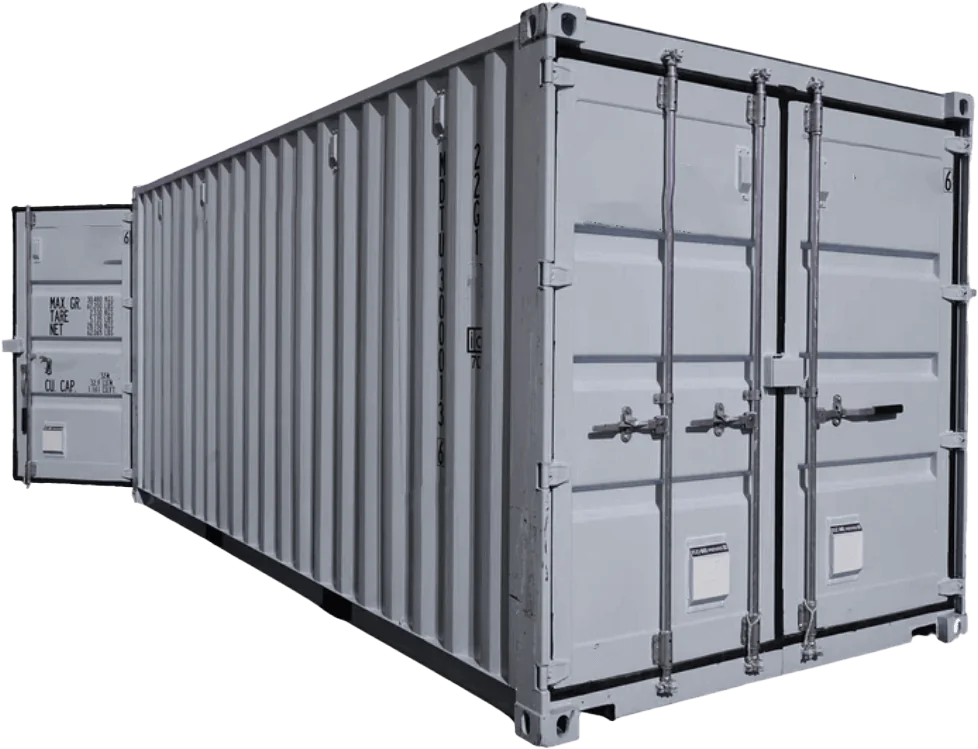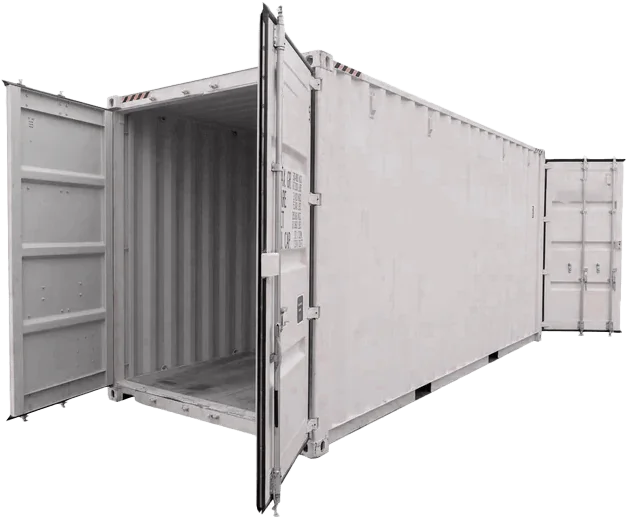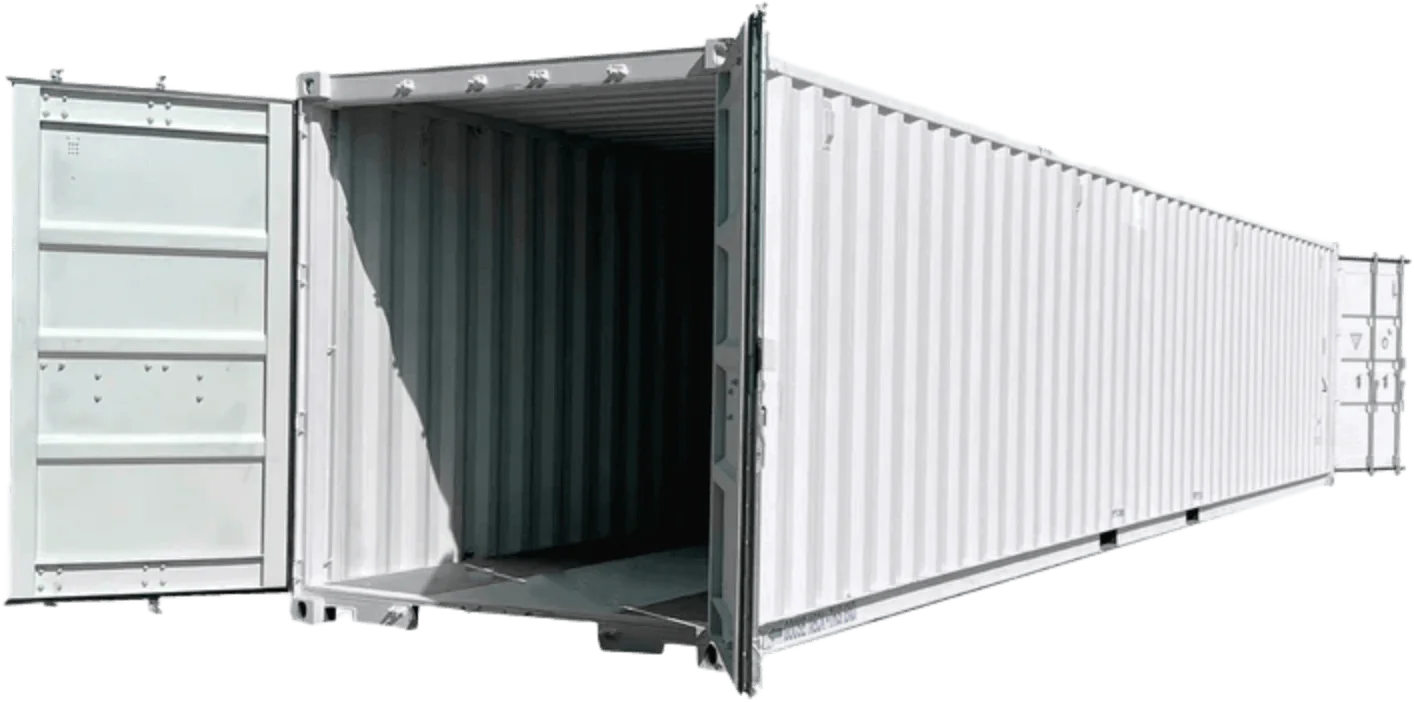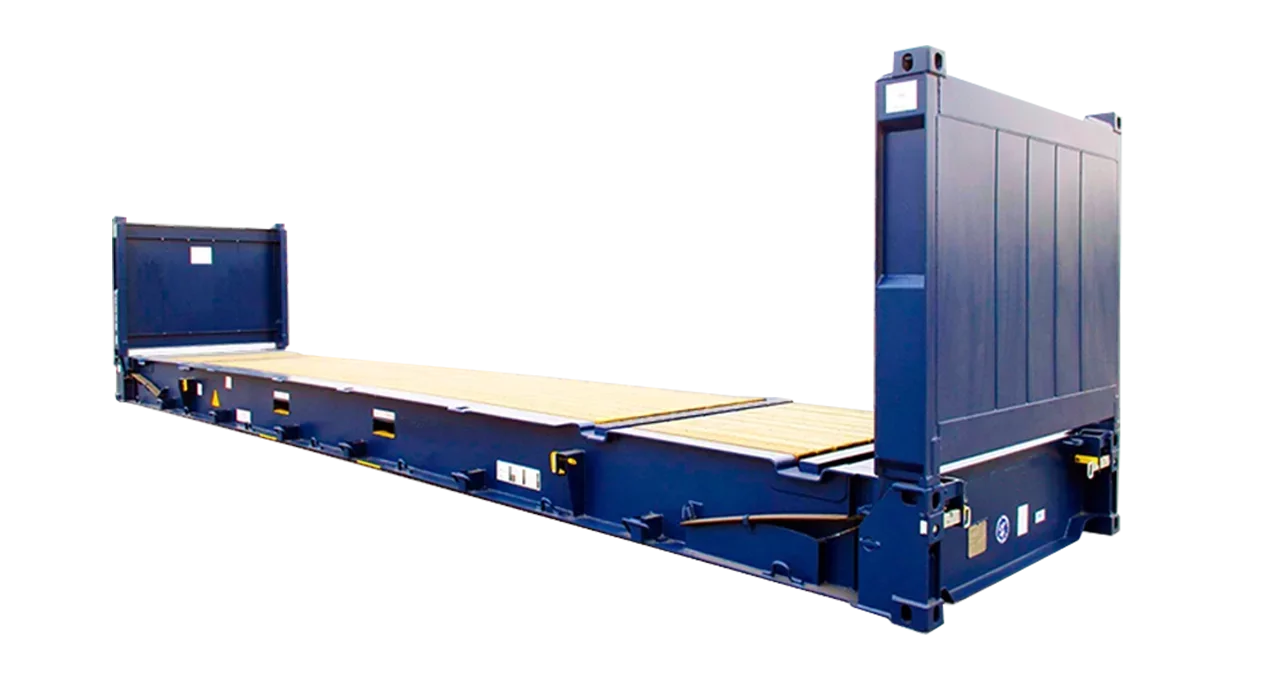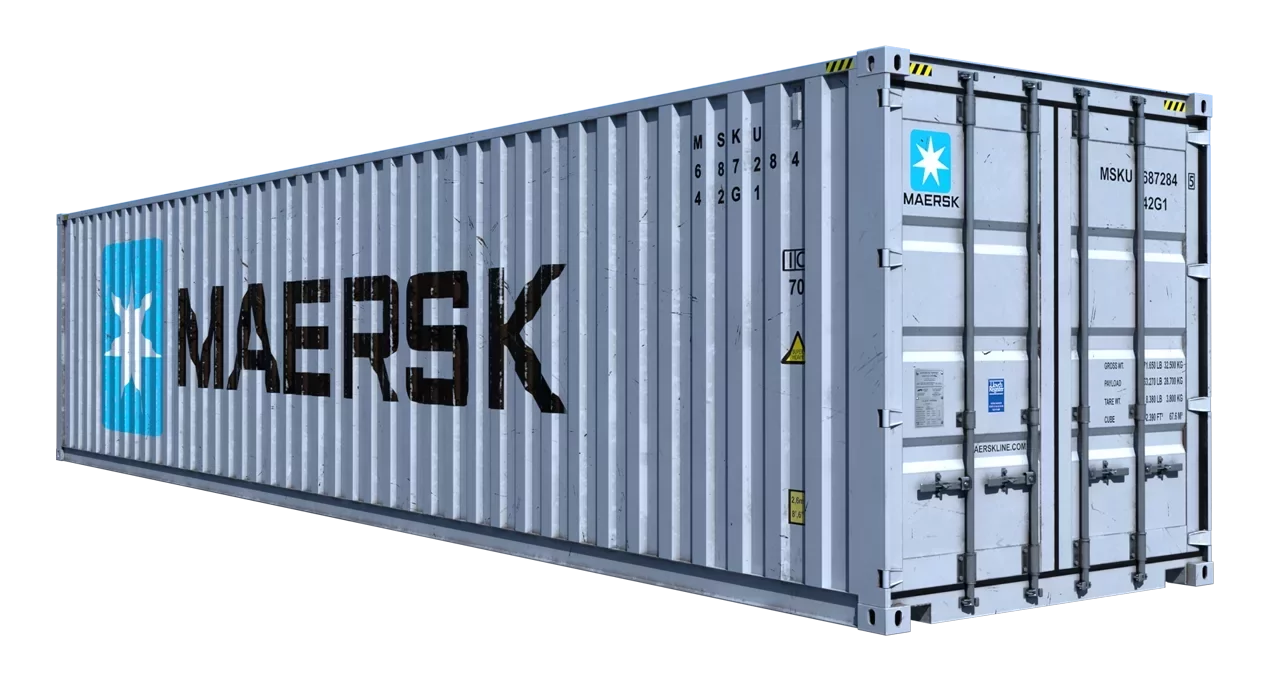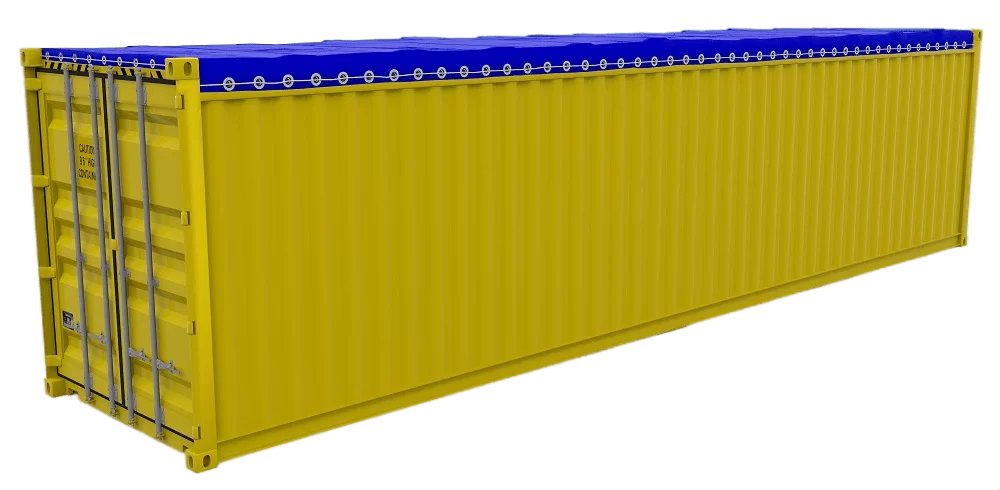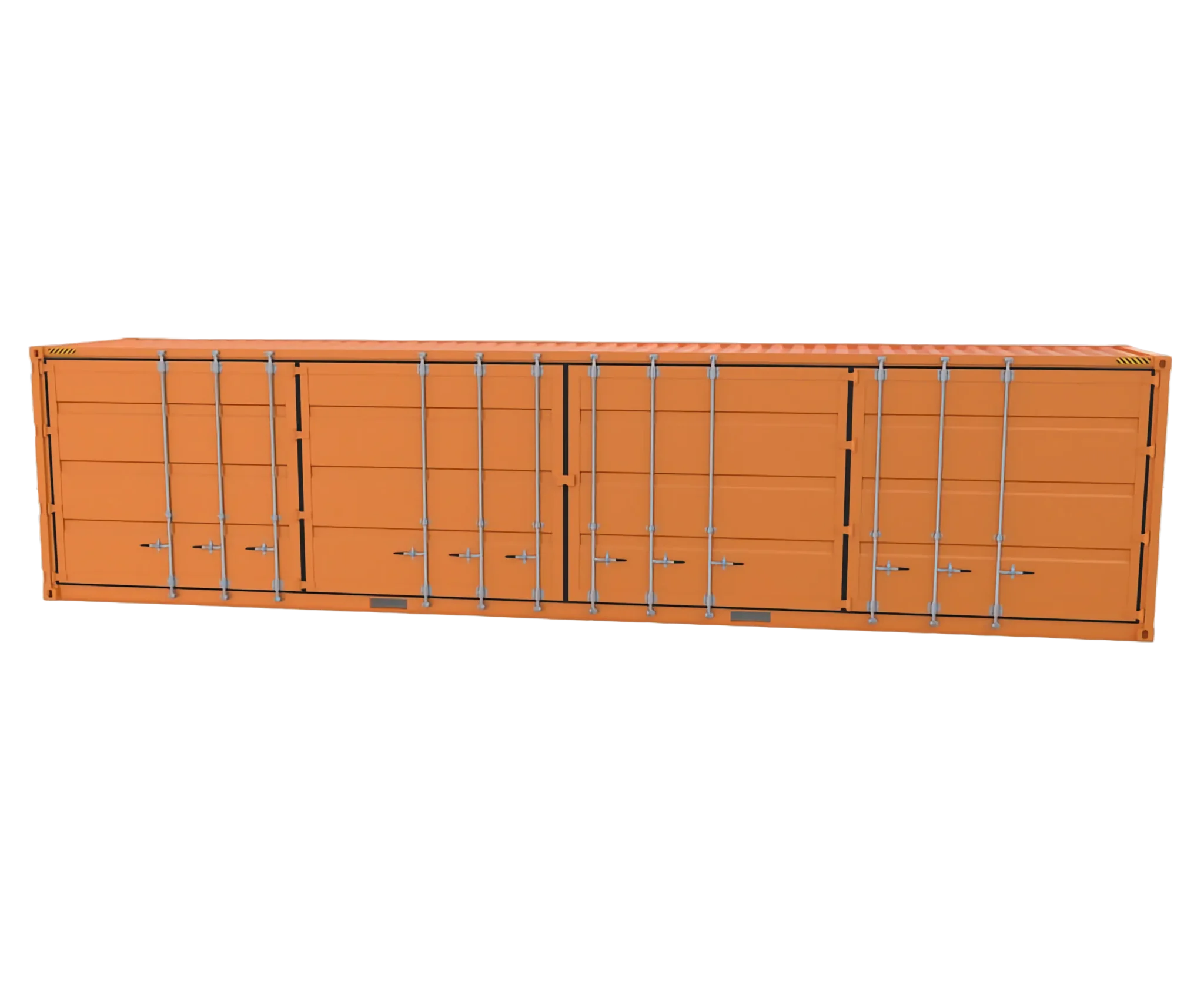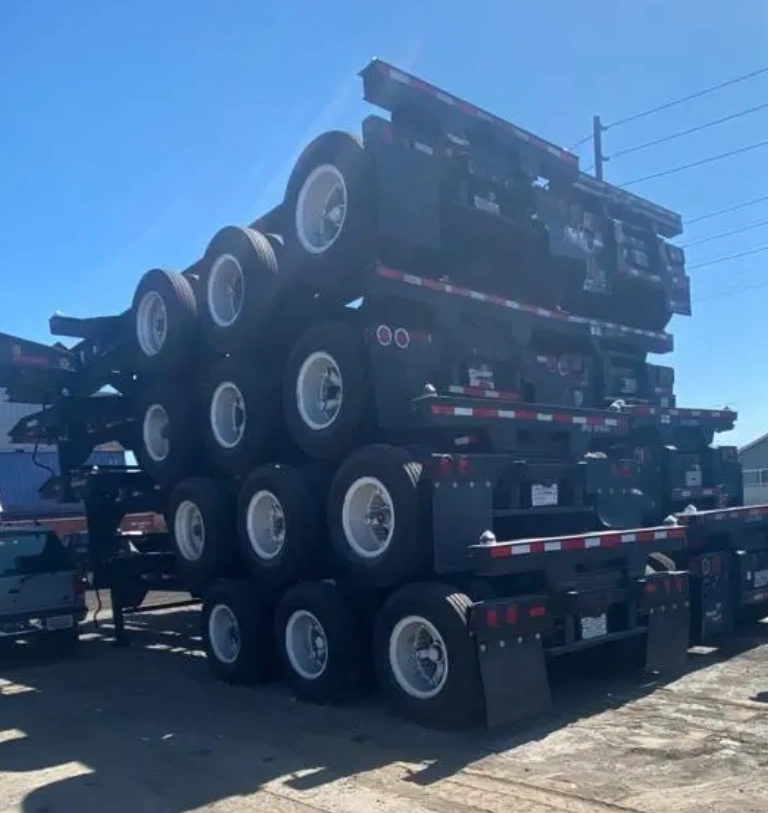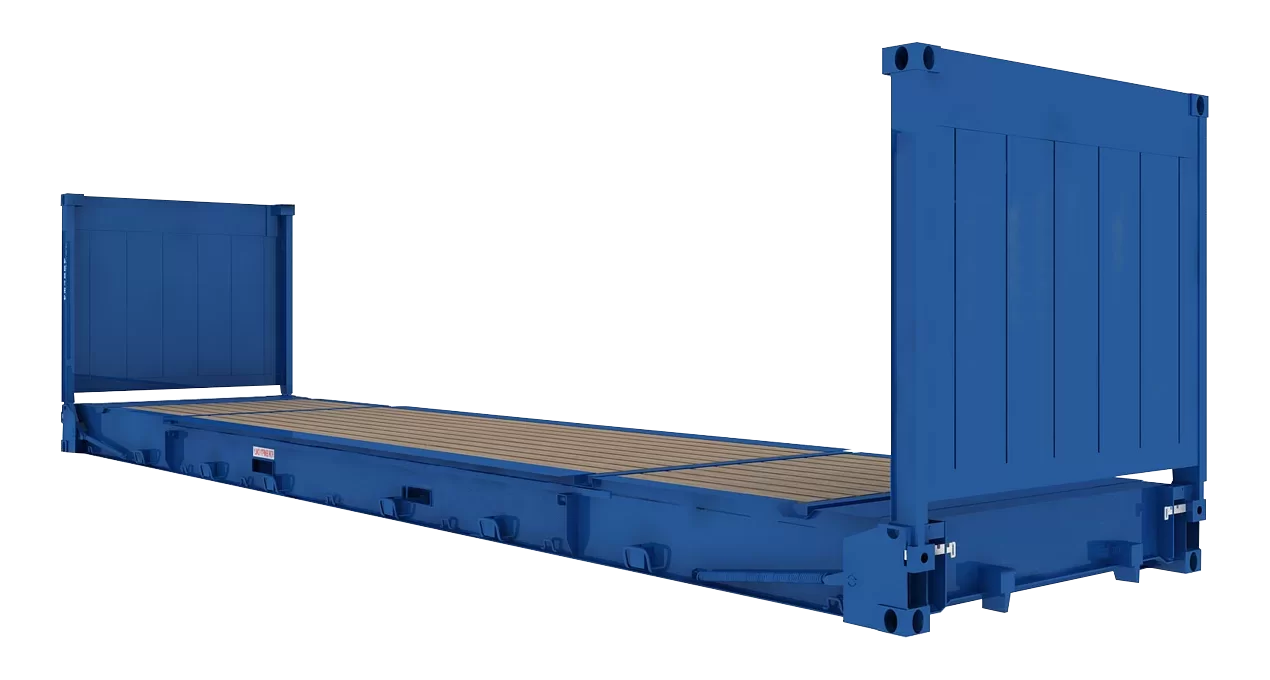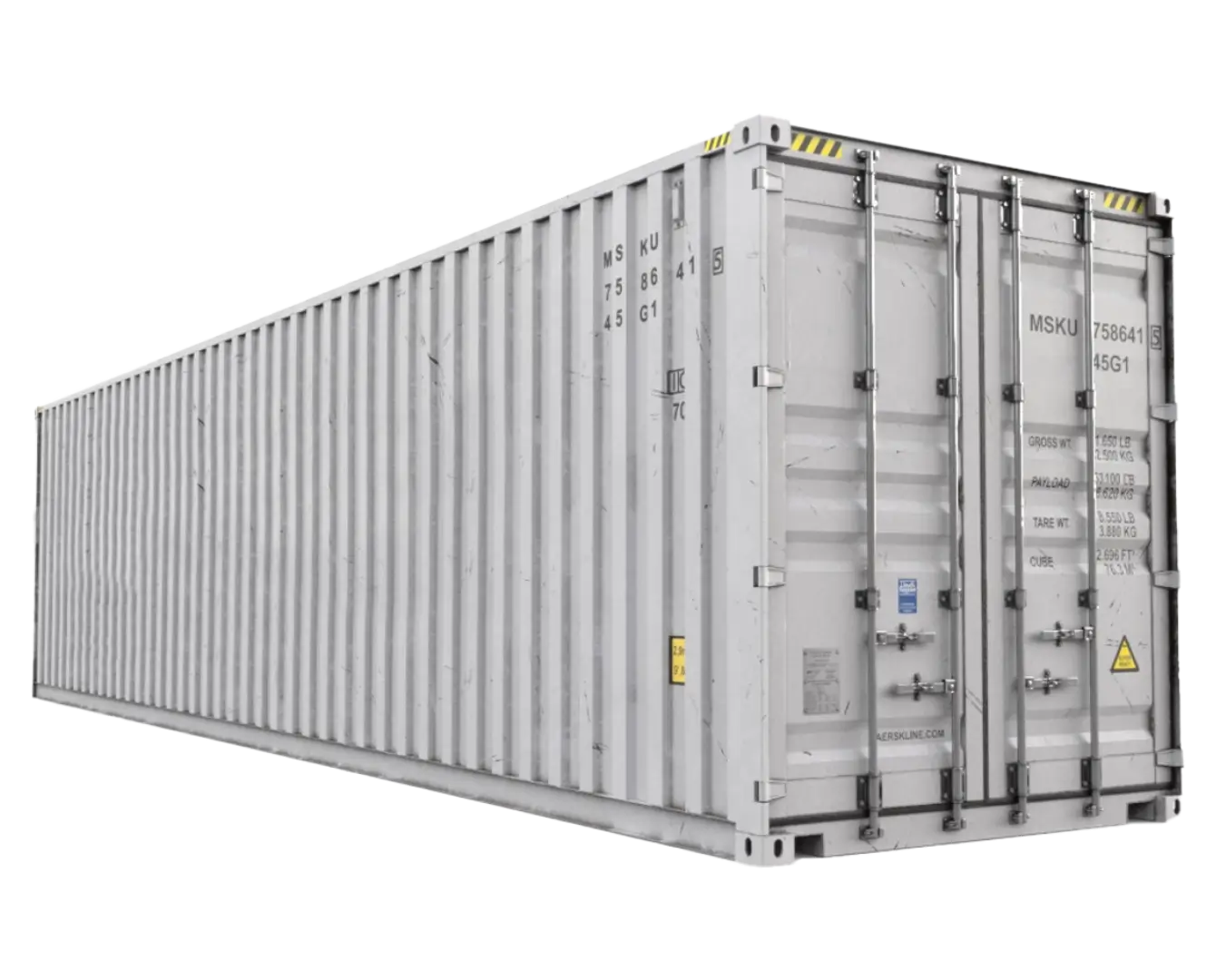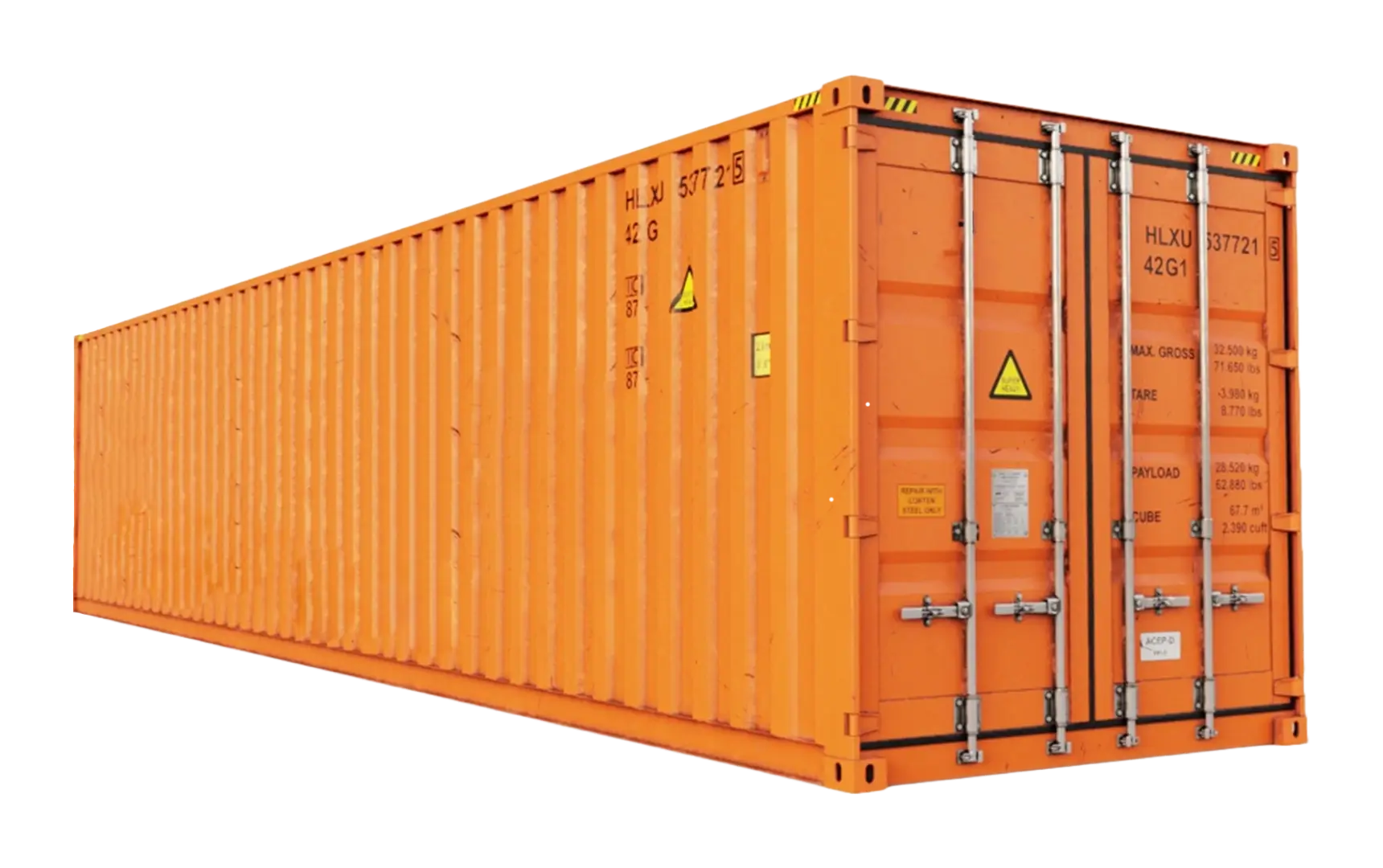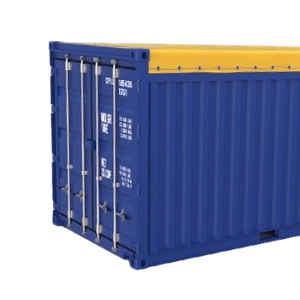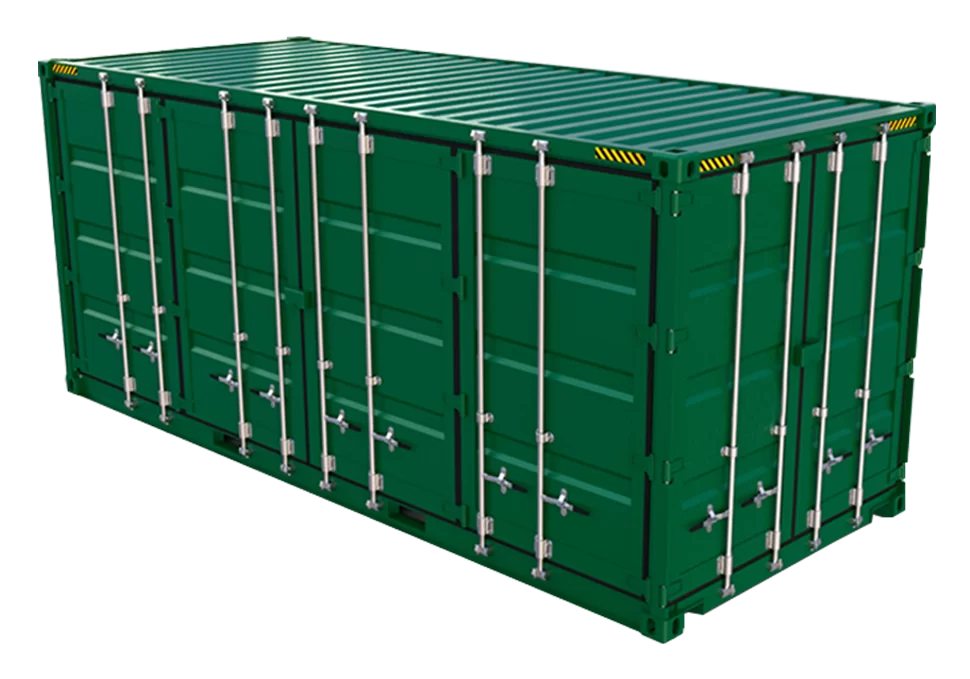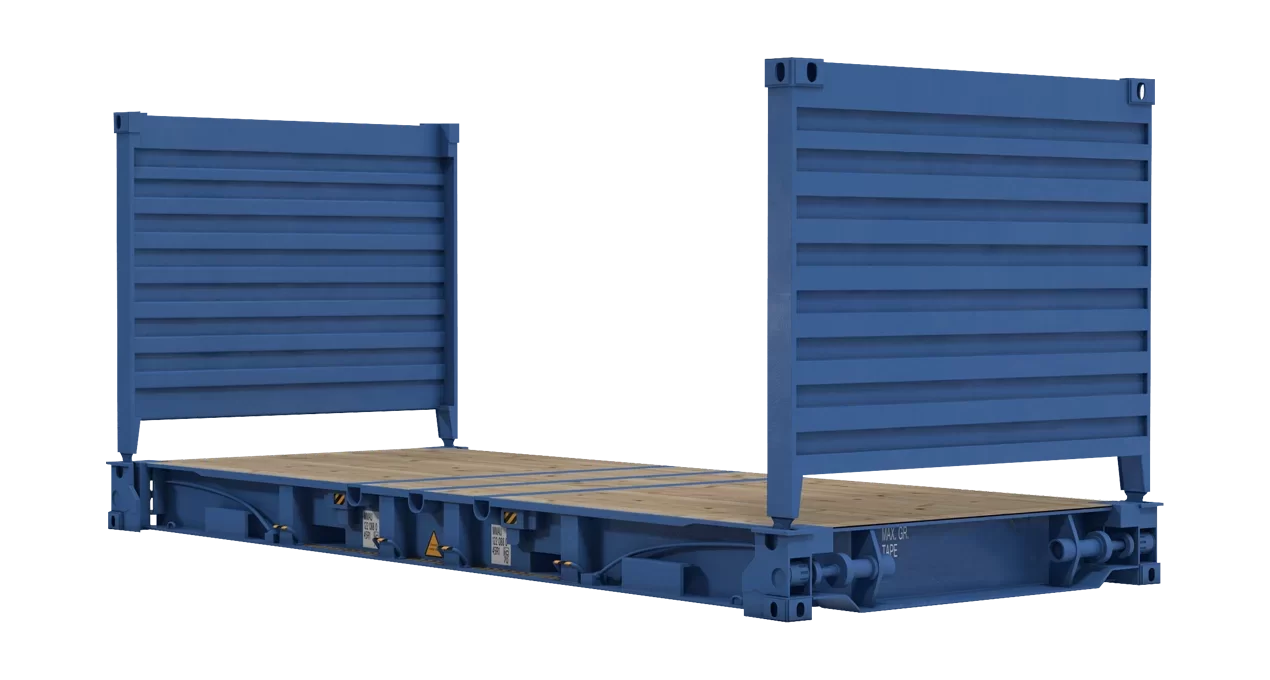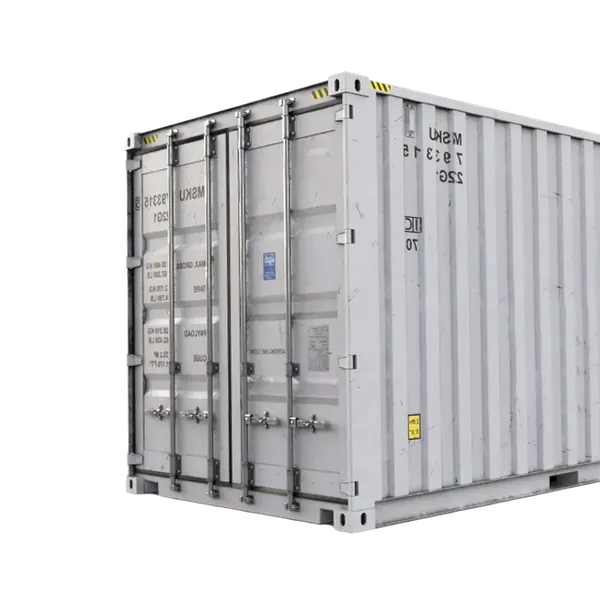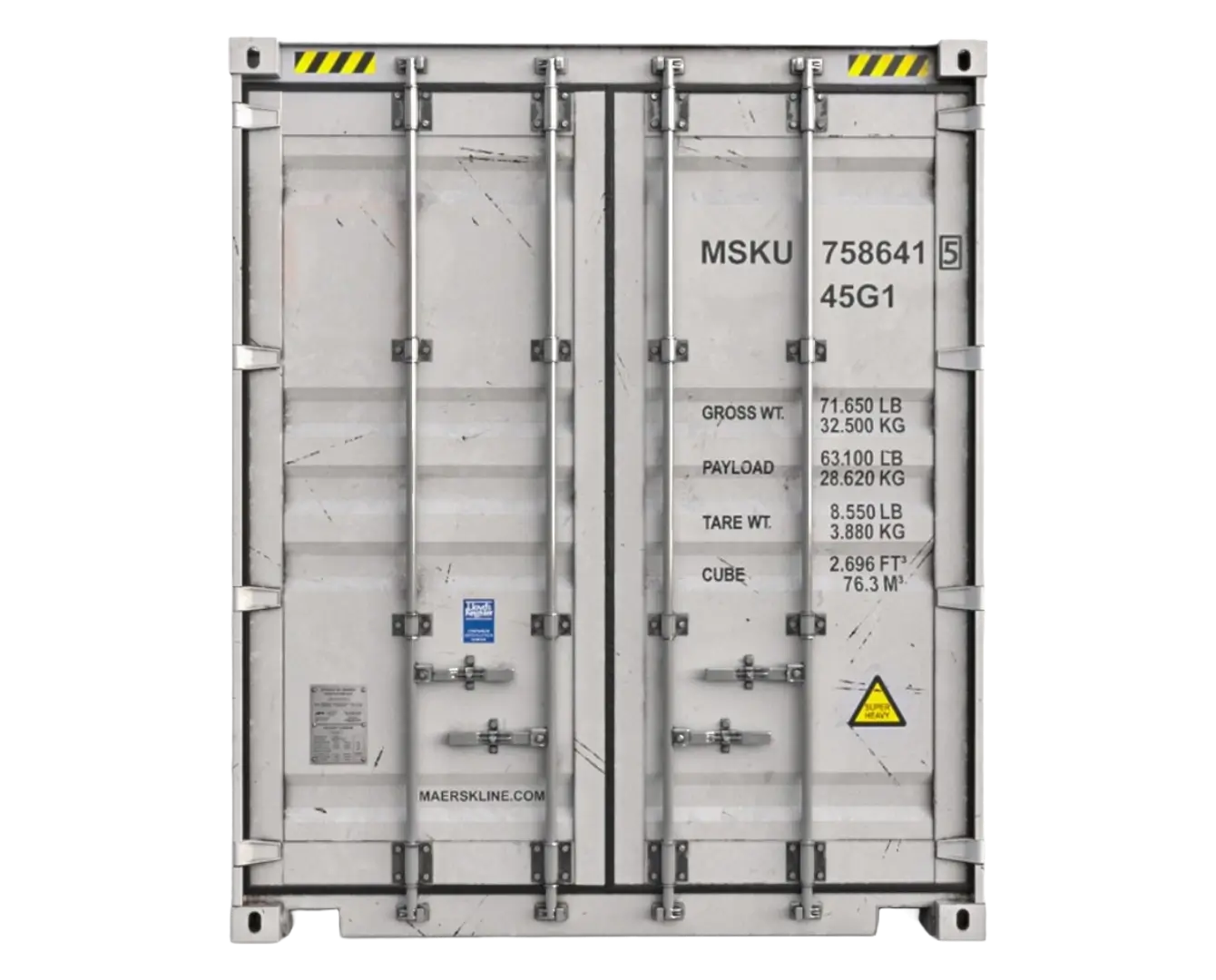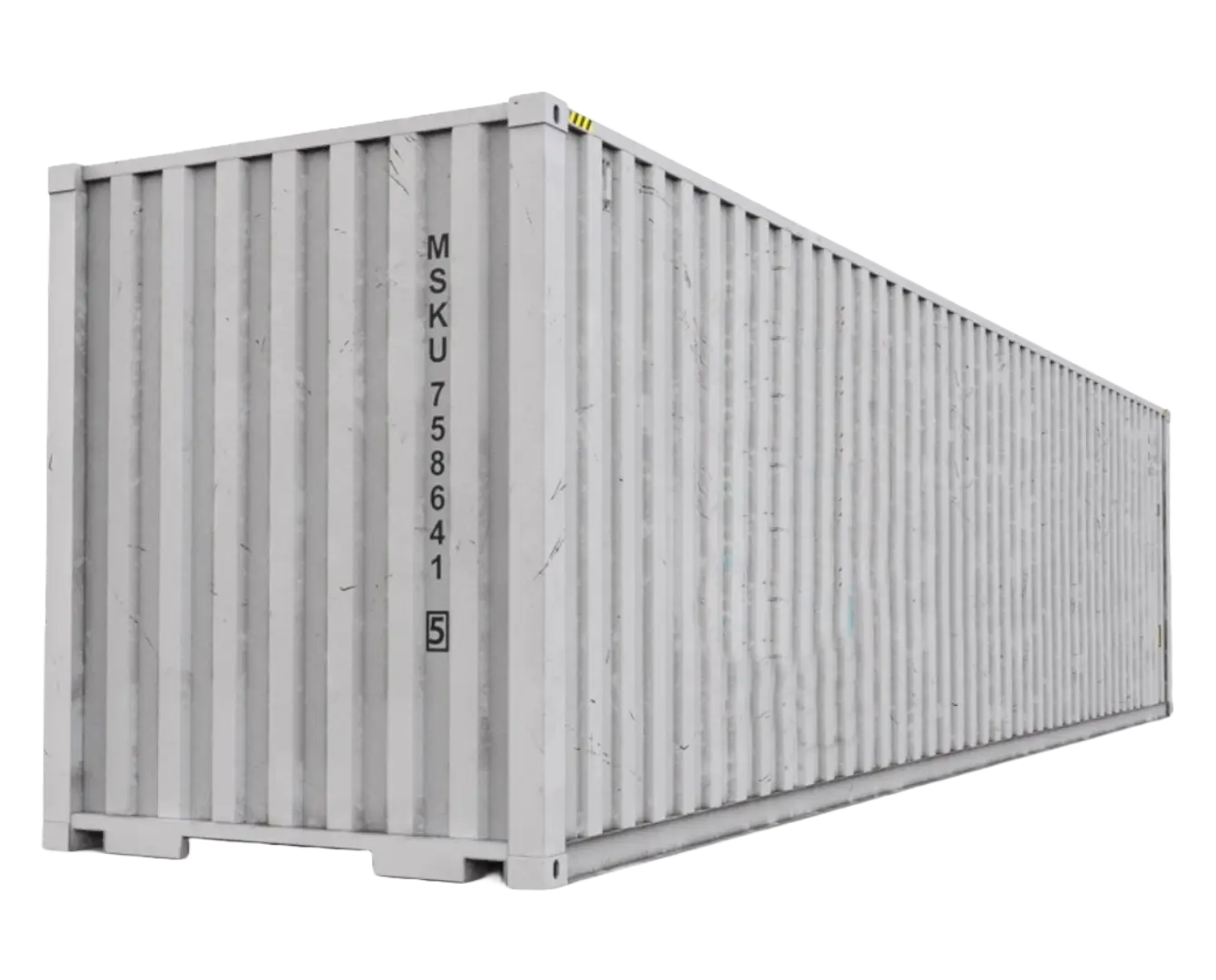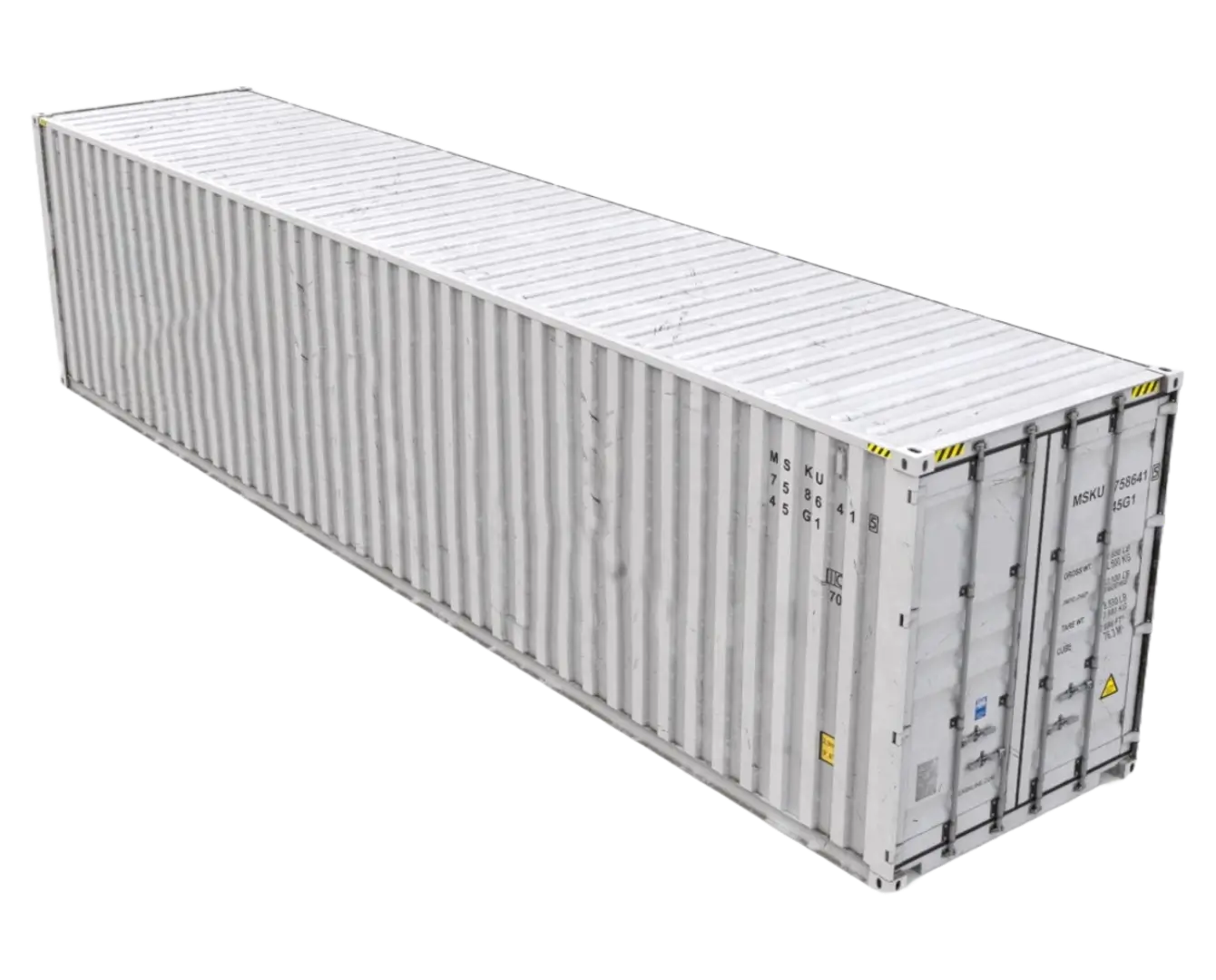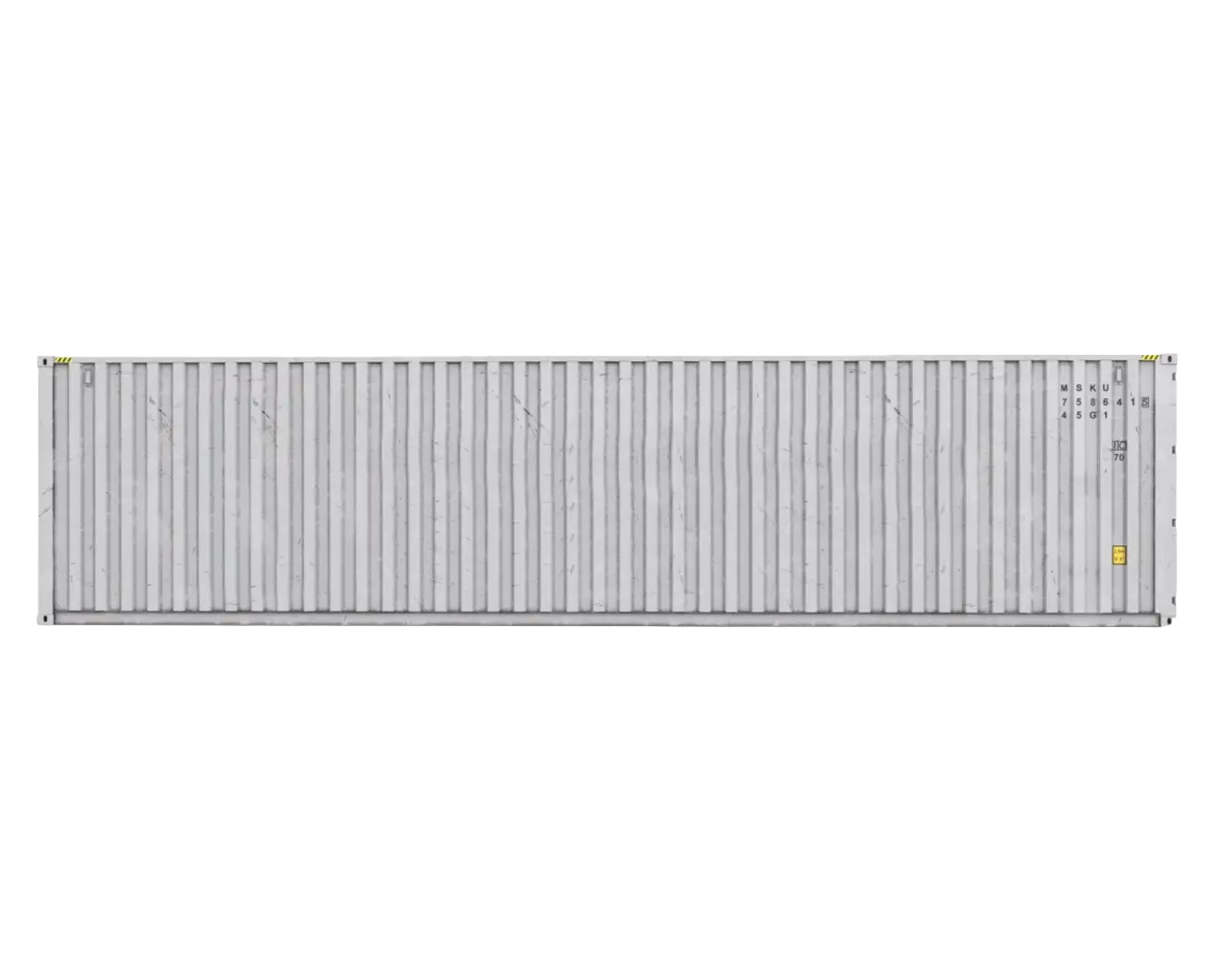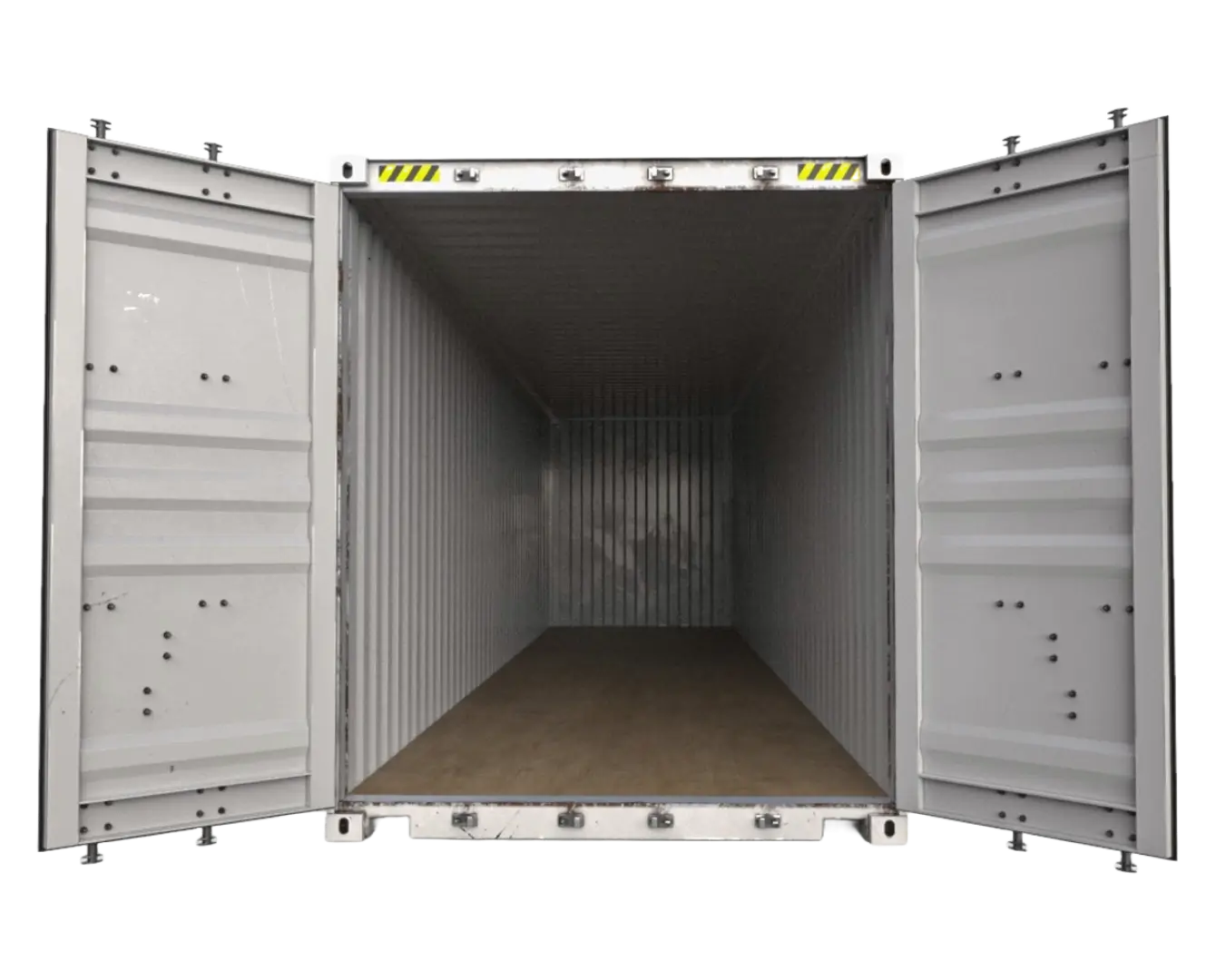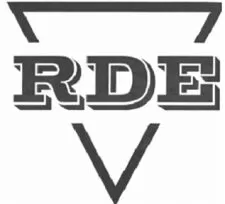Technical information
Product information
high-strength corrugated steel
Why choose Pelicancontainers?
If for some reason you did not find the service or product you need, you can always leave a request for a free consultation and get an answer.
The cost of buying a 40ft shipping container for sale can vary based on several factors, including its condition (new or used) and location. On average, you can expect to pay between $4,000 to $6,000 for a used 40-foot high cube container and around $6,000 to $8,000 or more for a new one.
Used containers are generally more budget-friendly, but the price can vary depending on factors like the container’s age, condition, and any modifications or refurbishments it may have undergone. New 40ft shipping containers are pricier but offer the advantage of being in excellent condition with no prior wear and tear. It’s important to note that prices may also vary based on your location, as shipping container costs can differ from one region to another.
Before making a purchase, you should compare prices for various options of a 40′ high cube container to find the best deal.
Before you place an order for a shipping container, there are several important things to know and consider to ensure a successful purchase. Here are key factors to keep in mind:
- Local regulations and zoning laws. Check with your local authorities to understand any regulations or zoning laws related to placing a shipping container on your property. Some areas have restrictions on container use, so it’s crucial to comply with local rules.
- Delivery access and site preparation. Ensure that there is adequate access for the delivery truck to place the container on your property. You may need to clear obstructions, level the ground, and provide proper drainage to prevent issues like water pooling around the container.
- Container Placement. Decide on the ideal location for the container. Understanding the 40ft high cube container dimensions is essential as they provide additional vertical space, making it suitable for various storage needs. Consider factors such as accessibility, security, and proximity to your intended use. Also, plan for landscaping or fencing around the container for aesthetic reasons.
When your container is delivered, thoroughly inspect it to ensure it meets your expectations. Look for any damage or structural issues, even if you did this before its transportation.
Steel storage containers and PODS (Portable On-Demand Storage) are two popular solutions for temporary or long-term storage needs. They have some similarities, but there are also key differences that can impact your choice.
Steel storage containers are highly durable and weather-resistant, designed for the rigors of shipping cargo. They offer excellent protection against theft and vandalism. Steel containers come in various sizes, with standard options like 20-foot and 40-foot containers. High cube containers provide additional height for extra storage space. They can also be customized with features like shelving, insulation, lighting, and electrical installations to suit your specific needs. If you’re looking for options, consider the 40 ft HC container for sale, which offers enhanced vertical storage capacity and can be customized to meet your specific requirements.
PODS are designed for convenient, flexible storage. They are delivered to your location, and you can pack them at your own pace. PODS come in standardized sizes, typically 7-foot, 12-foot, and 16-foot options. While smaller than some steel containers, they are suitable for residential storage. PODS offer limited customization options compared to steel containers. They are designed for general storage, but may not accommodate specialized needs and do not offer the same level of security as steel containers.
If you still have questions regarding the choice or purchase of a 40′ high cube container for sale, you can ask them on the website pelicancontainers.com. We wish you a pleasant shopping experience!
Buying high cube shipping containers for sale is a straightforward process, but it’s important to consider several key steps to ensure a smooth and successful purchase.
- Determine your needs. Consider factors like the container size, condition (new or used), any necessary modifications, and your budget. Knowing your needs will help you find the right container.
- Research suppliers. Consider factors like their reputation, customer reviews, and the variety of containers they offer. A trusted supplier like Pelican Containers can make the process easier.
- Choose container size. Common sizes include 20 feet, 40 feet, and 45 feet. If you’re interested in a larger size, you might want to explore the dimensions of a 40′ high cube container for sale. High cube containers offer extra vertical space if required.
- Decide on condition. Determine whether you want a new or used container. Used containers are more cost-effective, but new ones are in better condition and have a longer lifespan.
- Inspect containers. If possible, visit the supplier’s location to inspect the containers in person. Check for any signs of damage, rust, or structural issues. If you’re buying online, request detailed photos and descriptions.
- Consider modifications. Decide if you need any modifications, such as doors, windows, insulation, or custom paint. Discuss these options with the supplier and get a quote for the modifications.
Remember that buying a shipping container is an investment, so take your time to make an informed decision.
When purchasing a used shipping container, it’s essential to be aware of the various conditions it can be in. The condition of a used container can significantly impact its price and suitability for your needs. Here are the common conditions of used shipping containers:
- One Trip (New or Like New). These containers are essentially new and have been used for only one international cargo shipment. They are typically in excellent condition with minimal wear and tear.
- Cargo-Worthy (CW). Cargo-worthy containers have been inspected and deemed suitable for international shipping. They may have minor dents or surface rust, but are structurally sound and meet shipping industry standards.
- Wind and Watertight (WWT). Wind- and watertight containers are weather-resistant and protect your stored items from the elements.
- As-Is, Where-Is (AIWI). These containers are sold in the condition they are in, without any guarantees of being watertight or structurally sound.
- Refurbished or Repaired. Refurbished containers are a good choice if you want a used container in better condition.
- Specialty Containers. Some used containers are customized for specific purposes, like refrigerated (reefer) containers or insulated containers.
It’s important to carefully inspect a used shipping container before purchase, especially if you opt for a wind and watertight or as-is condition. Look for signs of rust, dents, corrosion, and any structural damage. Check the doors to ensure they open and close smoothly, and inspect the container’s interior for any damage or residue.
The cost of buying a 40ft shipping container for sale can vary based on several factors, including its condition (new or used) and location. On average, you can expect to pay between $4,000 to $6,000 for a used 40-foot high cube container and around $6,000 to $8,000 or more for a new one.
Used containers are generally more budget-friendly, but the price can vary depending on factors like the container’s age, condition, and any modifications or refurbishments it may have undergone. New 40ft shipping containers are pricier but offer the advantage of being in excellent condition with no prior wear and tear. It’s important to note that prices may also vary based on your location, as shipping container costs can differ from one region to another.
Before making a purchase, you should compare prices for various options of a 40′ high cube container to find the best deal.
Buying high cube shipping containers for sale is a straightforward process, but it’s important to consider several key steps to ensure a smooth and successful purchase.
- Determine your needs. Consider factors like the container size, condition (new or used), any necessary modifications, and your budget. Knowing your needs will help you find the right container.
- Research suppliers. Consider factors like their reputation, customer reviews, and the variety of containers they offer. A trusted supplier like Pelican Containers can make the process easier.
- Choose container size. Common sizes include 20 feet, 40 feet, and 45 feet. If you’re interested in a larger size, you might want to explore the dimensions of a 40′ high cube container for sale. High cube containers offer extra vertical space if required.
- Decide on condition. Determine whether you want a new or used container. Used containers are more cost-effective, but new ones are in better condition and have a longer lifespan.
- Inspect containers. If possible, visit the supplier’s location to inspect the containers in person. Check for any signs of damage, rust, or structural issues. If you’re buying online, request detailed photos and descriptions.
- Consider modifications. Decide if you need any modifications, such as doors, windows, insulation, or custom paint. Discuss these options with the supplier and get a quote for the modifications.
Remember that buying a shipping container is an investment, so take your time to make an informed decision.
Before you place an order for a shipping container, there are several important things to know and consider to ensure a successful purchase. Here are key factors to keep in mind:
- Local regulations and zoning laws. Check with your local authorities to understand any regulations or zoning laws related to placing a shipping container on your property. Some areas have restrictions on container use, so it’s crucial to comply with local rules.
- Delivery access and site preparation. Ensure that there is adequate access for the delivery truck to place the container on your property. You may need to clear obstructions, level the ground, and provide proper drainage to prevent issues like water pooling around the container.
- Container Placement. Decide on the ideal location for the container. Understanding the 40ft high cube container dimensions is essential as they provide additional vertical space, making it suitable for various storage needs. Consider factors such as accessibility, security, and proximity to your intended use. Also, plan for landscaping or fencing around the container for aesthetic reasons.
When your container is delivered, thoroughly inspect it to ensure it meets your expectations. Look for any damage or structural issues, even if you did this before its transportation.
When purchasing a used shipping container, it’s essential to be aware of the various conditions it can be in. The condition of a used container can significantly impact its price and suitability for your needs. Here are the common conditions of used shipping containers:
- One Trip (New or Like New). These containers are essentially new and have been used for only one international cargo shipment. They are typically in excellent condition with minimal wear and tear.
- Cargo-Worthy (CW). Cargo-worthy containers have been inspected and deemed suitable for international shipping. They may have minor dents or surface rust, but are structurally sound and meet shipping industry standards.
- Wind and Watertight (WWT). Wind- and watertight containers are weather-resistant and protect your stored items from the elements.
- As-Is, Where-Is (AIWI). These containers are sold in the condition they are in, without any guarantees of being watertight or structurally sound.
- Refurbished or Repaired. Refurbished containers are a good choice if you want a used container in better condition.
- Specialty Containers. Some used containers are customized for specific purposes, like refrigerated (reefer) containers or insulated containers.
It’s important to carefully inspect a used shipping container before purchase, especially if you opt for a wind and watertight or as-is condition. Look for signs of rust, dents, corrosion, and any structural damage. Check the doors to ensure they open and close smoothly, and inspect the container’s interior for any damage or residue.
Steel storage containers and PODS (Portable On-Demand Storage) are two popular solutions for temporary or long-term storage needs. They have some similarities, but there are also key differences that can impact your choice.
Steel storage containers are highly durable and weather-resistant, designed for the rigors of shipping cargo. They offer excellent protection against theft and vandalism. Steel containers come in various sizes, with standard options like 20-foot and 40-foot containers. High cube containers provide additional height for extra storage space. They can also be customized with features like shelving, insulation, lighting, and electrical installations to suit your specific needs. If you’re looking for options, consider the 40 ft HC container for sale, which offers enhanced vertical storage capacity and can be customized to meet your specific requirements.
PODS are designed for convenient, flexible storage. They are delivered to your location, and you can pack them at your own pace. PODS come in standardized sizes, typically 7-foot, 12-foot, and 16-foot options. While smaller than some steel containers, they are suitable for residential storage. PODS offer limited customization options compared to steel containers. They are designed for general storage, but may not accommodate specialized needs and do not offer the same level of security as steel containers.
If you still have questions regarding the choice or purchase of a 40′ high cube container for sale, you can ask them on the website pelicancontainers.com. We wish you a pleasant shopping experience!
Get A 40 Foot High Cube Shipping Container on Sale
How is this container delivered?
Tilt tray delivers a container off the back of the truck. Similar to a tow truck, the tray is mechanically lowered at an angle, and the container is slid off, with the truck moving forward at slow speed. This is the most common delivery method used for containers. Tilt trays are not suitable for sites with overhead power lines as the container height increases significantly when tilted.
Side loaders are used to transport our 20 foot and 40 foot shipping containers. This is the best delivery method for containers at sites that have limited space either in front or behind the area where the container is to be positioned. The container is unloaded between the two outrigger feet of the side loader, approximately half a metre from the side of the truck.
Hiab cranes lift containers from a mechanism located behind the truck’s cabin. This is used when there is limited space for a side loader or tilt tray. Using a crane means the container is easily positioned at an angle or up on a raised area. It can also be used to place containers over a fence or other obstacles.
Reviews of Our Customers
Partners
Shipping Container Port
FAQ
What are the key features of your 40' high cube container for sale?
Our 40ft high cube container for sale offers extra height, ideal for voluminous cargo. Robust construction, secure locking systems, and weather-resistant materials ensure durability.
Can the 40ft high cube container be customized to meet specific industrial or commercial requirements?
We provide 40-foot shipping containers for sale. You can customize it — tailor container interiors, add doors, windows, or ventilation to align with your unique needs.
How does your new and used 40' high cube shipping container for sale ensure the safety and protection of transported cargo?
Our 40ft hc container for sale is designed to withstand harsh conditions, featuring sturdy materials, advanced locking mechanisms, and weatherproof seals to safeguard your cargo during transit.
Are there any additional modifications or accessories available for the high cube 40ft container for sale to enhance its functionality?
Yes, we offer a range of modifications and accessories such as shelving, lighting, insulation, and more. Customize containers to optimize storage and transportation efficiency.
